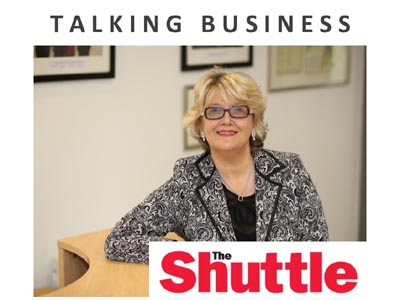
Why Design a Flexible Working Strategy?
87% of people either work flexibly in some way or would like to, based on Timewise Foundation research. In Worcestershire, only 11% of jobs with salaries over £20K are advertised as flexible at the point of hire, so there is a significant mis-match in terms of supply and demand.
In this skills-short market, we regularly see candidates with the choice of multiple job offers and now more than ever, flexible working if often the deciding factor where salaries are comparable. Many business owners are recognising this shift and designing flexible working strategies as a means of creating a competitive advantage when attracting and retaining talent.
The perception may have been that flexible working is just for mums, but this is really no longer the case. Generation Y, with their reputation for expecting to be able to work when and where they want to are particularly attracted to businesses that allow them to fit work around life, rather than the other way around. And at the other end of the spectrum, we are now facing an ageing population with people living longer and taking pensions later – so flexible working is an ideal way of keeping them in the workplace longer – benefiting from their wisdom and experience.
So how do we go about implementing a flexible working strategy? This really comes down to job design – considering what the outputs are of a role and then working back from there to establish how long it takes to deliver and whether it needs to be office-based. A mind-set shift to measuring people on outputs rather than attendance is key to generating the cultural change required to make this a success.
If you would like to read more about the Worcestershire Flexible Jobs Index, you can find a copy on the Hewett Recruitment website in the Employer section. Or call Laura Hewett if you would like advice on the subject.
As seen in Kidderminster Shuttle: 19/09/2019